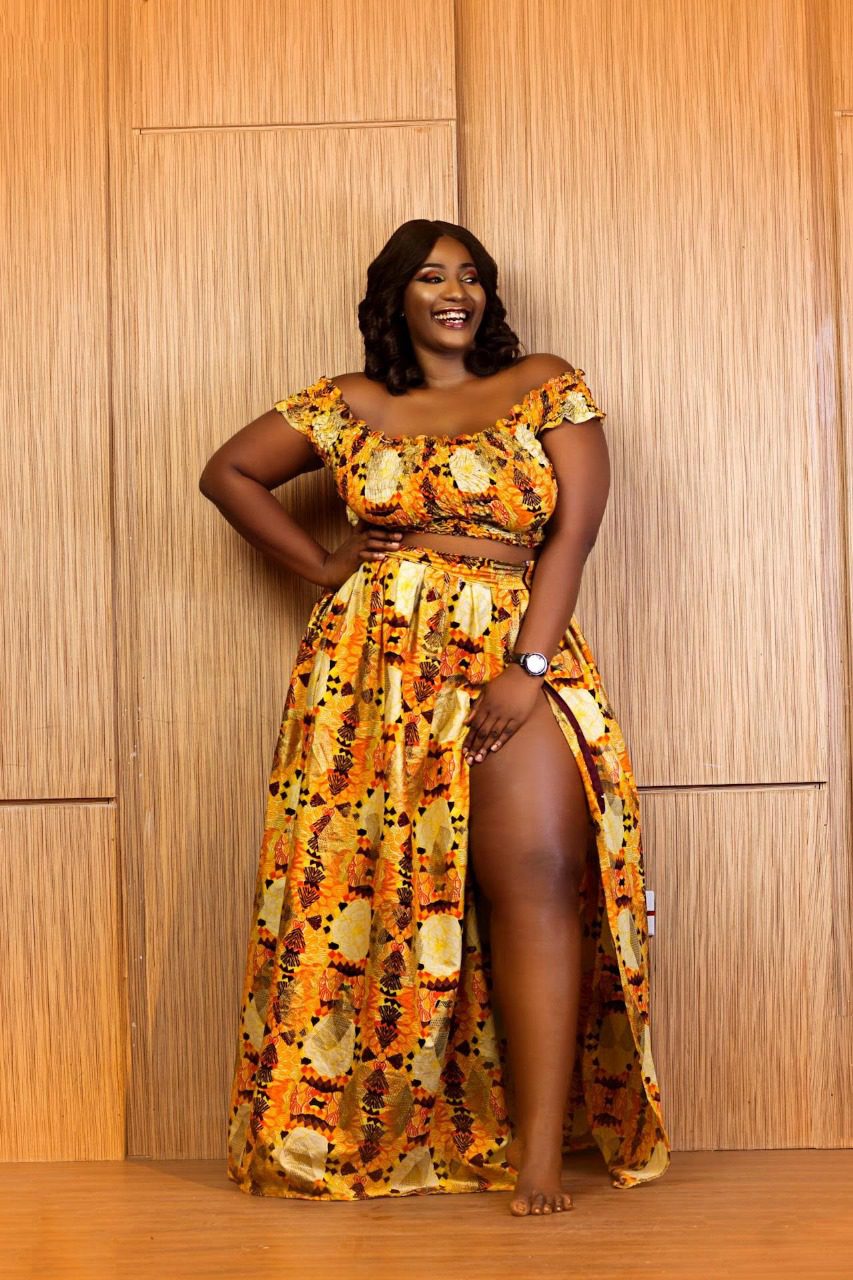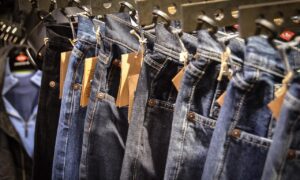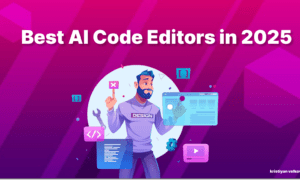The fashion industry is often one shrouded in controversy and culture, but in 2025, its story is more one of technology. The impact of AI on photos directly impacts the fashion world, much like how LLMs impact journalism. But besides just the gains in efficiency alone, its impact may be greater than we first thought.
How fashion photo retouching changed
For decades, fashion photo retouching was a pretty unglamorous, manual job. It took skill in Photoshop, but it was ultimately a laborious task of constant retouching to body proportions, skin smoothening, and so on.
It was also prone to tunnel vision of over-editing, because we can lose perspective inside the process, and it opened the door to subconscious bias (and conscious bias, like current beauty trends).
This process required a ton of expensive software licenses too, skilled and expensive workers, as well as long turnaround times that often delayed campaigns. A single image can take a few hours to edit.
AI has radically turned this on its head. They require no skill; in just a few seconds, you can prompt them and have an output. This saves hours per image, and anyone can do it. The end result? It can sometimes be less over-edited because you’ve avoided the tunnel vision, and actually, you can produce various iterations quickly to then compare and choose one.

The main features of modern AI body editors
Of course, holistic one-prompt edits are something that generic AI does. Body AI editors are a little more focused in the details, providing more space to make small adjustments. They’re designed specifically for the fashion industry, meaning they can avoid the overstylized look of other AI models and focus on photoshoot-style lighting, focusing on the clothing fit, and how fabrics behave and feel.
AI body editors are focused on consistent lighting and preserving the background to keep a consistent shoot motif. The body itself can then be configured in isolation, all while the shadows match up and new clothing is applied. In a lot of cases, it is the garments which are being sold, so these need to take priority, while the body edits can then represent different body types, like plus size, all with just one shoot, rather than multiple with different models.
Modelia’s body editor approach
Modelia is quickly becoming a leader in this space, catering specifically to fashion industry workflows. Their Body Editor has a one-click body shape transformation that fashion brands are using to help represent different body types and social groups.
The platform has both full-body and upper-body images with many body type presets. Importantly though, it has manual fine-tuning for a few precise tweaks afterwards – this is a realistic approach, as AI cannot always get it exactly right first time.
What sets Modelia apart is perhaps its garment-aware technology that reshapes clothing realistically. This isn’t something that generic AI models are focusing on. It understands fabric behavior and keeps it authentically draping as the body proportions change. This means everything to a fashion retailer.
Modelia’s Body Editor works inside a broader fashion toolkit, with pose changing, virtual try-on, and outfit generation features. This is all about personalization, in which customers can more easily see themselves in the clothes that they’re looking to buy rather than the typical models that historically dominated the scene.
How this affects fashion brands’ profits
The business case for AI body editors is clear. Costs plummet when you minimize editing time, but more importantly, it was the opportunity cost it was eating into. Faster turnaround means that brands can make just one shoot, with one model, and now have a whole campaign ready much quicker.
When we think about how fast fast-fashion really is, and how quickly social media trends are twisting and turning, being able to launch the campaign faster could lead to many advantages. And, with lower marginal costs per photo, A/B testing becomes more economical, and this leads to higher engagement, brand awareness, sales, and more successful influence in the industry.
What is really clear, is that this technology is disruptive to the big brands who hid behind the high barriers to entry, who could afford the many photoshoots and models. Now, the playing field has leveled and smaller brands can have polished campaigns for a lower cost.
Of course, the other market opportunity is within diversity and inclusivity. It’s not just about ESG and the like, but it genuinely resonates with audiences. When customers of different backgrounds and body types see clothing worn by models that look like themselves, they’re more engaged and more likely to buy it.
Levelling the playing field
AI body editors have done to the fashion industry what ChatGPT did to blogging and journalism. The radical release of these AI models have been fine tuned for fashion brands, and are so affordable that even micro startups can leverage them. Diversity and representation is increasing as costs fall, proving that while some models and larger firms may find it disruptive, it’s likely going to have a net positive impact on the industry.


































